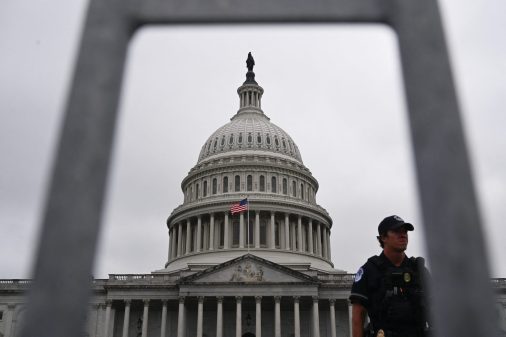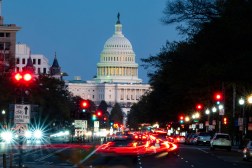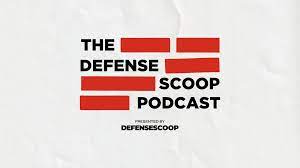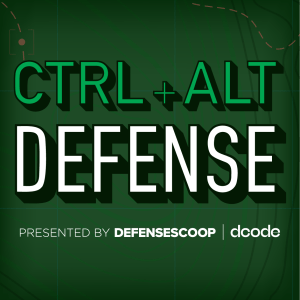Military whistleblowers share new evidence of alleged UAP at transparency hearing
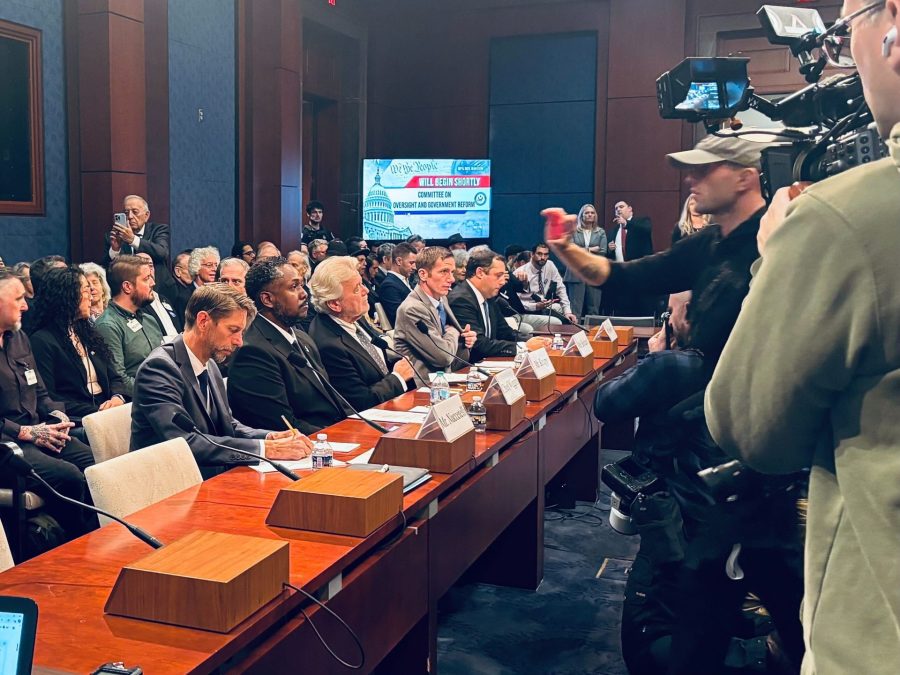
House lawmakers urged Congress to pass proposed legislation and pursue further actions to shield whistleblowers with information about unidentified anomalous phenomena (UAP) from any retaliation, after current and former U.S. military officials shared new details about their alleged encounters on active duty with baffling orbs and craft that appeared to eclipse existing weapons and technology.
“What we saw changed our lives — the way we think about everything. It was incredibly profound,” Air Force veteran Jeffrey Nuccetelli said.
He provided testimony on Tuesday alongside other military veterans and oversight experts at the first UAP-focused hearing convened by the House Oversight and Government Reform Committee’s Task Force on the Declassification of Federal Secrets.
“In general, we need more, stronger protections for everyone as a whole. But there is a different case in point for UAP whistleblowers specifically,” Rep. Anna Paulina Luna (R-FL), who chairs that task force, told DefenseScoop after the hearing.
The U.S. government has a turbulent history associated with its handling of data and reports about UAP — a modern term for UFOs that accounts for transmedium objects — and records documenting those incidents. Pursuits to compel more transparency and oversight have continued to emerge over the last several years, largely due to mounting public pressure and congressional mandates.
At a high level, the Pentagon’s mechanisms to study what it now refers to as UAP have taken different forms over the decades. The most recent iteration — the All-domain Anomaly Resolution Office, or AARO — was set up under the Biden administration in 2022 to fulfill a mandate from the National Defense Authorization Act.
AARO achieved full operational capacity in 2024. Since its inception, government officials have been secretive about the office’s projects and caseload of dozens of open investigations.
Luna is part of a small group of policymakers who have been steadily prioritizing whistleblower hearings, public engagement sessions and other legislative efforts to promote more accountability and disclosure from the Intelligence Community and other government agencies regarding UAP.
“The [prior hearings] were under committees of different jurisdiction. And so you’re seeing that there’s a massive bipartisan support for this, specifically in this task force,” she told DefenseScoop. “And we’ll continue to turn over and flip over the rocks.”
The panel of witnesses who testified on Tuesday shed new light on some previously-reported UAP incidents observed near military assets and installations, and presented new allegations of secrecy and retaliation.
Nuccetelli, a former military police officer who served 16 years in the Air Force, pointed to multiple possible UAP incursions between 2003 and 2005 near Vandenberg Air Force Base in California, (the installation is now known as Vandenberg Space Force Base), when officials were conducting high-stakes launches for the National Reconnaissance Office. According to Nuccetelli, massive objects that appeared “like flying buildings” approached military personnel, and pulsed and moved in strange ways.
He asked lawmakers to fund independent research for UAP and end secrecy and over-classification across the government.
“Each incident was witnessed by multiple personnel, documented, investigated and reported up the chain of command. We sent information up, but we got no guidance down on how to handle these events,” he said.
Another Air Force veteran who testified for the first time on Tuesday, Dylan Borland, told lawmakers he faced severe retaliation after coming forward about his alleged experience with a UAP at Langley Air Force Base in 2012, and related information he uncovered in its aftermath.
“Because of my direct knowledge of the reality of certain legacy UAP programs, my professional career was deliberately obstructed, and I have endured sustained reprisals from government agencies for more than a decade,” Borland said, alleging that he was subject to workplace harassment, efforts to undermine his ability to be employment for classified work, and other forms of mistreatment.
Notably, Tuesday’s hearing also marked the first time an active-duty Navy official testified publicly before Congress about an incident involving UAP. U.S. Navy Senior Chief Petty Officer Alexandro Wiggins, who has 23 years of service, spoke in a personal capacity at the hearing about an incident that occurred in 2023 while he was serving aboard the USS Jackson.
“What I observed and what our crew recorded was not consistent with conventional aircraft or drones, as they appear on our system. A self-luminous Tic Tac-shaped [object] emerged from the ocean before linking up with three other similar objects. The orb then disappeared simultaneously with a high, synchronized, near-instantaneous acceleration,” Wiggins told lawmakers.
He said there was no sonic boom or conventional propulsion signatures — but the objects were detected on multiple sensors, including radar.
“To be clear, I am not here to make claims beyond my lane,” Wiggins said. “I am here to provide a firsthand account of what I saw, what our systems recorded, and why it matters for safety, for intelligence and public confidence.”
He urged Congress to impel sensor standardization and personnel training to ensure the best data can be captured by the Navy in real-time. Wiggins also asked the lawmakers to reinforce witness protection efforts, and encouraged the military to maintain “confidential de-stigmatized channels” for UAP reports and associated data.
“Sailors need to know that reporting UAP encounters will not harm their careers,” Wiggins said.
During the hearing, Rep. Eric Burlison (R-MO) unveiled video footage publicly for the first time that he said showed a U.S. military MQ-9 drone firing a Hellfire missile at a high-speed orb off the coast of Yemen in October 2024. The UAP appeared to be hit, but not destroyed.
“It kept going, and it looked like the debris was taken with it,” Burlison said. “I’m not going to speculate what it is. But the question is, why are we being blocked from this information?”
Other witnesses on the panel — UAP journalist George Knapp, and Joe Spielberger, who serves as senior policy counsel at the Project on Government Oversight (POGO) — also called for Congress to continue its push for investigations and legislation to spark more transparency.
“The secret is out. I mean, how many videos [of UAP] have there been?” Knapp said.
In an interview Monday ahead of the hearing, Spielberger noted that he hoped it would “restart serious bipartisan conversations” to strengthen disclosure channels and protections for all national security whistleblowers.
“The misdeeds that they expose can often have a direct impact on public safety, civil liberties and the security of our country. That makes them incredibly important to keeping our government accountable. When they speak up and do the right thing, the American people benefit,” Spielberger told DefenseScoop.
